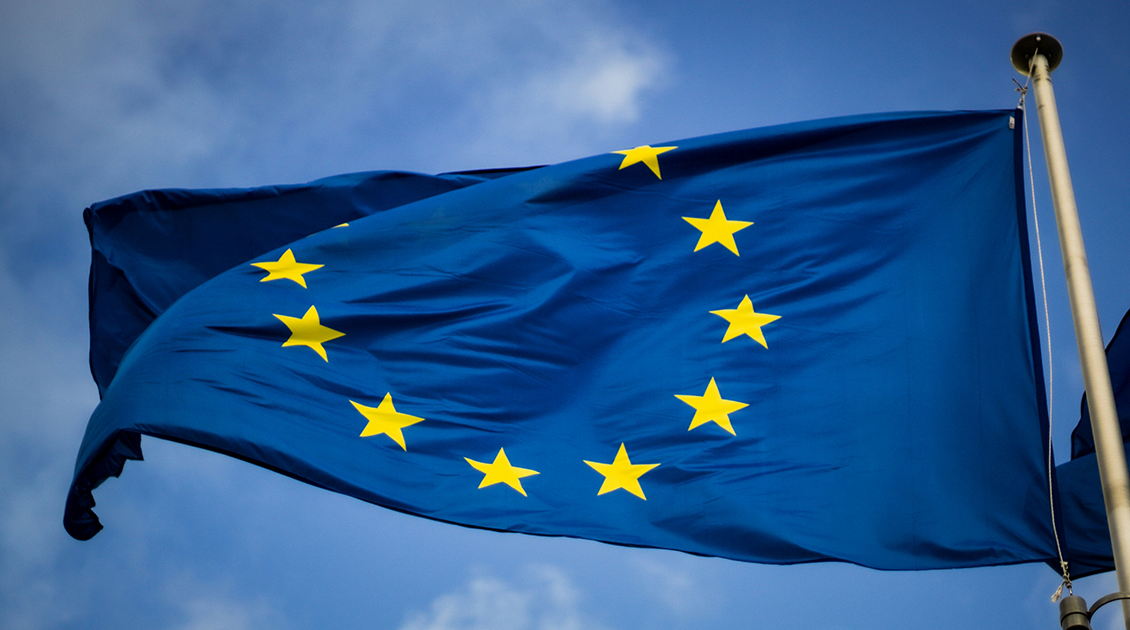What you need to know now and what you can already do
The digital transformation has long since also affected the exchange of invoices and is becoming increasingly important in Europe. With the “VAT in the Digital Age” (ViDA) initiative, the EU Commission aims to adapt VAT to the requirements of the digital age and, in particular, to reduce tax fraud. The use of state-of-the-art technologies is intended to make the recording and reporting of VAT by taxpayers more effective and thus significantly reduce fraud.
In addition to Poland and France, other countries such as Spain, Romania, Belgium and Germany are also facing an e-invoicing reform. In this blog post, we focus on the guidelines that will come into force in Germany from 2025 and give you tips on how you can best prepare for this as an invoice recipient.
Mandatory e-invoicing worldwide overview:

The invoice reform in Germany creates the following challenges for you as an invoice recipient:
- From January 1, 2025, every invoice recipient in Germany will be obliged to receive electronic invoices if the invoice sender requests this. This will require a change in the invoice receipt process and an adjustment to existing workflows.
- In the future, VAT deduction will not be permitted if the invoice recipient should have detected that VAT fraud was committed. Careful verification of the supplier’s VAT identification number (VAT ID) will therefore be essential in order to secure the VAT deduction.
Overview of invoice obligations and formats:

This means for your suppliers and for you as the invoice sender:
- The format and process requirements vary depending on the country.
- PDF is no longer considered an electronic invoice; instead, a structured format is required for delivery.
- The requirements of the EN-16931 standard must be met for the creation of electronic invoices. With the TXML2.5 format, our customers are perfectly prepared for the upcoming reform.
- SAP DRC is intended for data exchange with the tax office (e.g. in Italy with SDI and in Poland with KSeF) and only partially covers the invoicing process:
→ No proactive notification and invoicing of invoice recipients
→ No individual formats or transmission paths (e.g. tXML2.5 via TecCom)
→ No holistic view of the logistics documents
What you can do today:
- Switch to electronic invoice reception: Transition to electronic invoice reception immediately, but no later than December 31, 2024.
- Digitization and automation: Optimize your outgoing invoice process by digitizing and automating it. This not only facilitates the handling of electronic invoices, but also increases the efficiency and accuracy of your processes. For example, TecCom e-Invoicing takes over the verification of the supplier’s VAT ID and helps invoice recipients to secure the VAT deduction.
- Consulting and Support: Reach out to us, we are happy to advise and support you! TecCom not only offers a legally compliant solution for the German market but also for international business activities.
The time until the new guidelines come into force in 2025 may seem a long way off, but early preparation is crucial to ensure a smooth transition and minimize potential risks. Take the opportunity to actively prepare for the future now and benefit from the advantages of the digital transformation in accounting.
Do not hesitate to contact us for a personal consultation so that we can help you meet your individual requirements and be prepared for the changes ahead!
